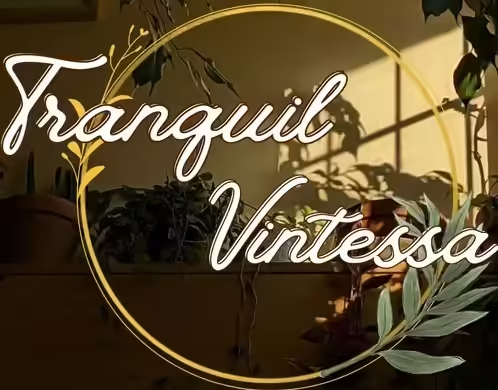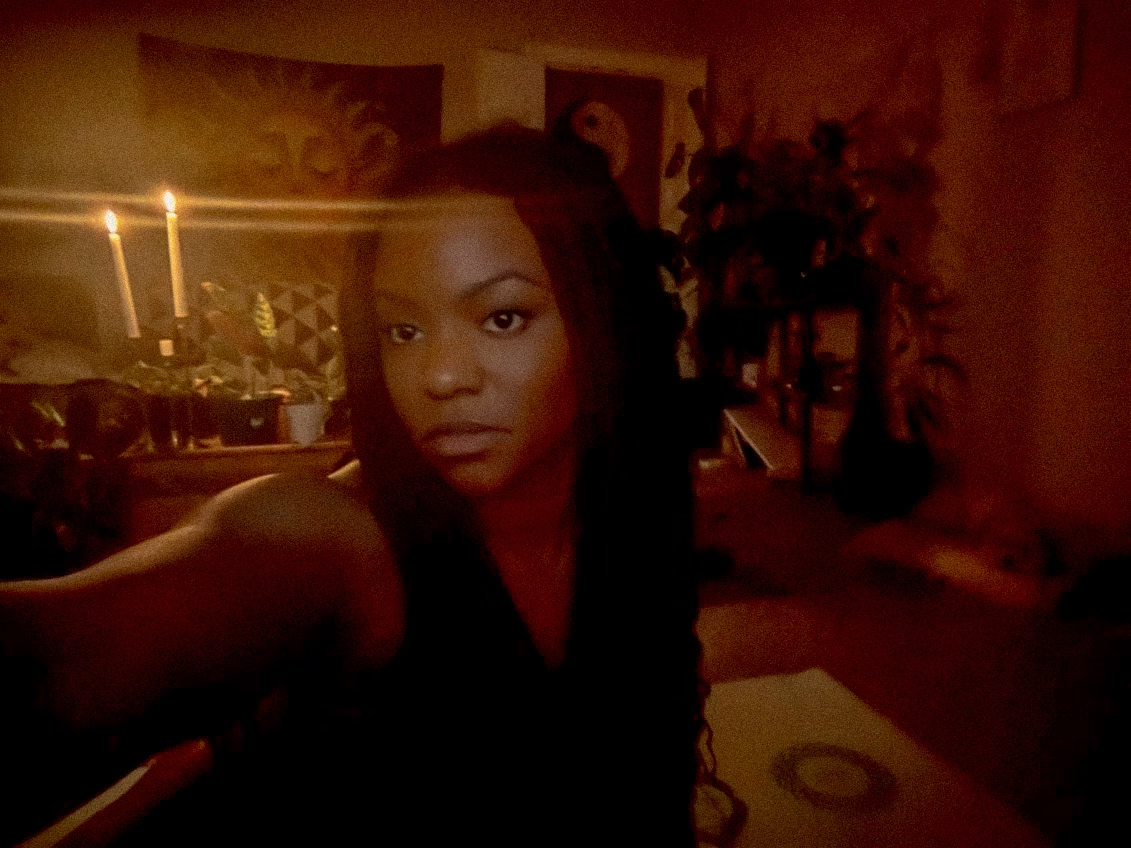When I was diagnosed with depression and a slew of other mental disorders, it was honestly exhausting. Doctors had me rehashing my life, trying to figure out what was wrong with me and why I am the way I am. I started to believe that something was inherently wrong with me—that I needed fixing in order to work with everyone else. It was… depressing. Constantly revisiting what was wrong with me, triggering myself in the process. One day, I snapped. I was done.
Talking to my therapist, I felt like I was on the verge of a true mental breakdown. I was tired of digging into my past and reliving the pain. I knew what was wrong. I knew what happened. I just wanted to move on and learn how to manage it—without pills, without classes—just focusing on living my life. So, I stopped. I stopped going to therapy because it wasn’t helping. Instead, I worked on accepting myself as I was—depressed, anxious, and stressed. It wasn’t easy. It was hard facing myself, but I had to push through. I had to learn how to tame my own mind.
It started slowly. I allowed myself to be depressed and asked myself why I felt this way and how I could improve it. Sometimes, it was just negative self-talk, so I would counter it with positive self-talk. I countered every bad thought with a positive one. If there was no reason to be sad and nothing I could do about it, I accepted it and went on with my day, completing my daily tasks. I could be sad, and that was fine, but I wasn’t going to wallow in self-pity. This taught me to control my mind. I control my thoughts and mood. It’s my brain, and it does what I want it to.
Then I learned what my triggers were and how to cope with them. Negative shows that talked about trauma were obviously a no-go. Scary stories and true crime documentaries were out (for the time being). They left me paranoid and brought my trauma to the front of my mind. When that happened, I needed to get out. I took my puppy for long walks, did some yoga, and began watching happier content. I needed to give my brain as little fuel as possible, and if some got in, I needed to clear my mind from it. Nature was my sanctuary.
Once I reached a place of calm, I realized there were two sides to my brain. One side loved to crash, while the other wanted to see me do better—to live a happier, more stable life. This was my higher self. She was talking to me, showing me a better way. So, I began speaking with her, discovering who she was, and learning about the journey she wanted to take me on and how we were going to get there.
I started writing motivating quotes and posting them around my home, reading self-help books that armed me with more tools. Most importantly, I gave myself grace. Through self-reflection, I realized how much my darker self affected my life and that I had a choice to react that way or to do better. Every night, I would reflect on the day. I would think about the good and the bad that I did and promise myself to do better. Talking to my higher self, she showed me what better was and what my next step in life should be. I began attempting to repair past relationships by taking that first step—calling them to apologize for my behavior and reaching out a hand. This wasn’t to gain their forgiveness (although it would be nice), but it was me taking responsibility for my actions. It was a rewarding and humbling experience.
Over time, my mental health got better. I understood who I was and what I wanted to be, and that I was in control. This is my life, no one else’s. After a while, I began working on my physical health, which made me question again: Is the person I show to the world reflective of who I am inside? No, it was not. I was still wearing my trauma. It was time to sit down and figure out who I wanted to tell the world I was. I’d never really thought about it before, but I wanted to be as natural as possible and treat my body with care. So, I began taking my yoga practice more seriously, feeding my body with whole foods, and loving on myself more. I got tattoos to represent my journey and, more importantly, remind myself that the change is permanent, not temporary. I got more in tune with nature, with mindfulness, and living with intention—not just going with whatever plot was interesting, but keeping my mind and body on the same page. I curated a look and an essence that was me. It felt like home. It felt like the person I always knew I could be but couldn’t quite get there.
I accepted myself as strange, eclectic, weird, and moody. I accepted my depression, recognized the symptoms, and knew how to handle them. I went from someone who thought she would never see her 30th birthday to being someone going into their mid-30s, happier than ever. My strange little life has taken me on an amazing journey of self-love and acceptance, and although it might not be for everyone, it worked for me.
So, just remember: It’s okay to be weird and different, as long as it’s authentically you. Be happy, be well, and do what works for you. No journey is a one-size-fits-all.
If this post resonated with you, I encourage you to check out the next one and join my mailing list to stay up-to-date with all my new posts. Thanks for reading, and I hope to see you next time!
With love & moonlight,
Vintessa
Sacred musings | Mystic practices | Soft heart, wild spirit

